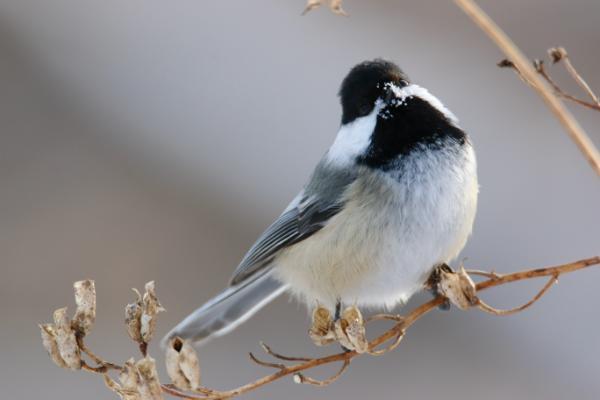Here in Capstone, we believe in the importance of environmental education. Embracing nature and being active are core to our values, as we continually seek to learn about and prioritize sustainability.
As autumn's vibrant hues give way to the stark, serene whiteness of winter, we may find ourselves reflecting on the fleeting warmth of summer and the absence of familiar wildlife. While many birds and butterflies undertake migratory journeys, some remain for the winter season along with a variety of other species—including bumble bees, solitary bees, bats, frogs, and salamanders.
Our growing awareness of landscape design that fosters biodiversity is commendable; however, it is essential to remember that for biodiversity to thrive year-round, we must provide suitable habitats for wildlife across all seasons. For most overwintering species, this necessitates the availability of food and shelter. Fortunately, there are several actions we can take to provide these resources.
Leave the Leaves
Leaf litter serves as a critical habitat for hibernating bumble bees, wood frogs, solitary bees, and salamanders. The insulation provided by leaves is vital for the survival of queen bumble bees, which burrow into loose soil beneath the leaf cover. Similarly, solitary ground-nesting bees benefit from this protective insulating layer. Salamanders and wood frogs also find refuge under fallen leaves, as well as in loose soil, rock piles, log piles, and undisturbed compost heaps. On occasion, while planting autumn bulbs, I have encountered both cold, dormant frogs and large bumble bees. In such instances, I gently return them to their subterranean winter homes, covering them with soil and leaves. Moreover, leaves fulfill a dual purpose: they offer winter habitat and, upon decomposition in the spring, enrich the soil with valuable organic matter and nutrients.
Solitary Bees and Cavity Nesting
In Alberta, most solitary cavity-nesting bees overwinter as larvae within their nests, emerging as adults in the following spring or summer. While these bees can withstand the cold in their cavities, moisture poses a significant threat. If you have incorporated a handmade cavity-nesting structure into your landscape, it is imperative to ensure that it features an overhanging roof to protect the nesting cavities from rain and melting snow.
Feeding Winter Birds
Wintering birds require a diet rich in fats to sustain their energy levels during frigid conditions. Offering them high-fat foods such as black oil sunflower seeds, peanuts, and suet can significantly enhance their ability to remain warm through the long, cold nights. During particularly severe cold snaps, providing shelled sunflower seeds and shelled peanuts allows birds to conserve energy while feeding. Additionally, leaving plant stalks standing in the garden throughout the winter can yield a surprising array of seeds and small insects that birds can forage on sunny, cold days.

Feeding winter birds not only sustains wildlife but also enlivens our winter landscapes with the beauty and vitality of nature. Standing perennials and grasses contribute dynamic texture and form to the winter garden, while fallen leaves offer essential insulation, simultaneously enriching the soil as they decompose in spring. These simple actions collectively support and enhance biodiversity within our winter landscapes.
A contributed article by Cynthia Pohl, owner of Living Lands Landscape and Design and a professional Journeyman Landscape Gardener and accredited Green Roof Professional.
For more information, please visit https://living-lands.ca/
Recent Articles
November 25, 2024
Biodiversity and the Winter Landscape
November 25, 2024
Fast-Tracking Life-Saving Cardiac Care
July 16, 2024
Exploring the Ecological Importance and Joy of Snags in Capstone
April 22, 2024
Capstone Redevelopment Program Seizes Opportunity to Shine
January 19, 2024
Project ground-breaking brings confidence to downtown Red Deer and anchors community vision